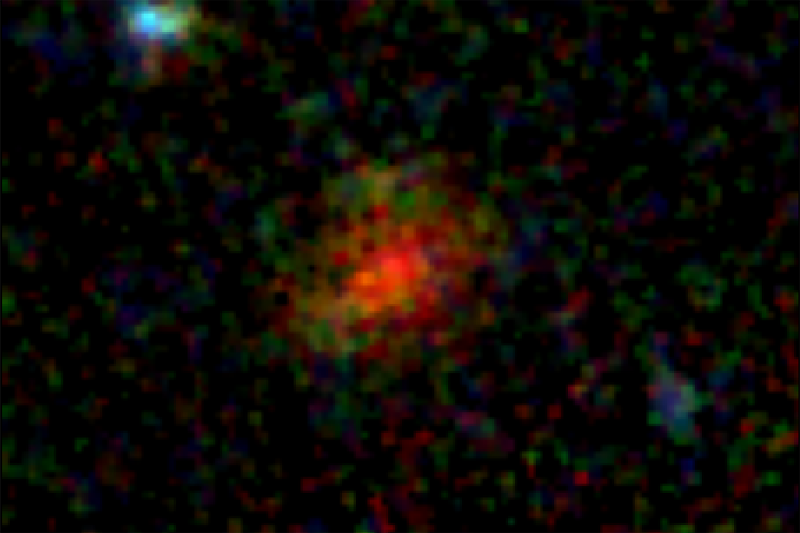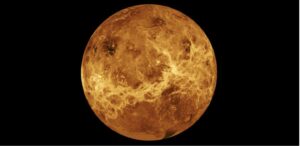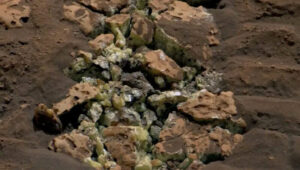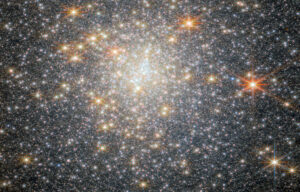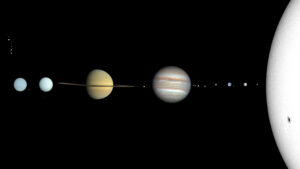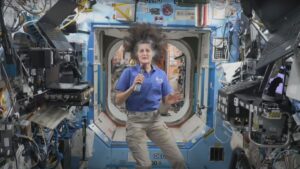New images from the James Webb Space Telescope (JWST) have captured a “ghost-like” galaxy. It is so far away that it often disappears from view. Now it is back. The hazy images are helping astronomers understand the early universe.
Images of the catchily named AzTECC71 galaxy look nothing like the sharp renderings we usually see of galaxies. But despite the cosmic dust that blurs the images, they are invaluable. They show what astronomers call a “dusty star-forming galaxy” that produces hundreds of new stars every year.
The light has taken so long to reach Earth that we are seeing what AzTECC71 looked like just 900 million years after the Big Bang. The first stars in the universe were just forming. These images suggest that the early universe was far dustier than we originally thought.
When new stars sit in galaxies surrounded by dust, the dust absorbs their light. In turn, they emit longer wavelengths of light. Only the JWST can detect these, and they are what give insights into the early universe.
“Our understanding of the history of galaxy evolution is biased because we’re only seeing the unobscured, less dusty galaxies,” said study lead Jed McKinney.

The galaxy AzTECC71 is visible in the reddest color filter on the James Webb Space Telescope (F444W, far right), but not at all in the bluest filters (F115W and 150W, left). Photo: J. McKinney/M. Franco/C. Casey/The University of Texas at Austin
Unfathomably ancient
The project is trying to map out these unfathomably ancient objects to understand how the universe has evolved. The researchers hope to map up to one million different galaxies. They think this type of galaxy may be three to ten times more common than previously thought. We have just been unable to see them because of all the dust.
If they are correct, it would strengthen the theory that massive stellar nurseries exist. This would force scientists to rethink their ideas about the early universe.
This is not the first time that this galaxy has been seen. The James Clerk Maxwell Telescope and the ALMA Radio Telescope had both seen it as an indistinct, glowing blob. When astronomers then looked for it on the Hubble Telescope, it had vanished.
The JWST can “see” through thick clouds of dust, thanks to its infrared vision. Without it, galaxies such as this would be almost impossible to find.
“Because [the JWST] is so sensitive, it not only can stare into the farthest reaches of the universe, but it can also pierce the thickest of dusty veils,” McKinney said.
